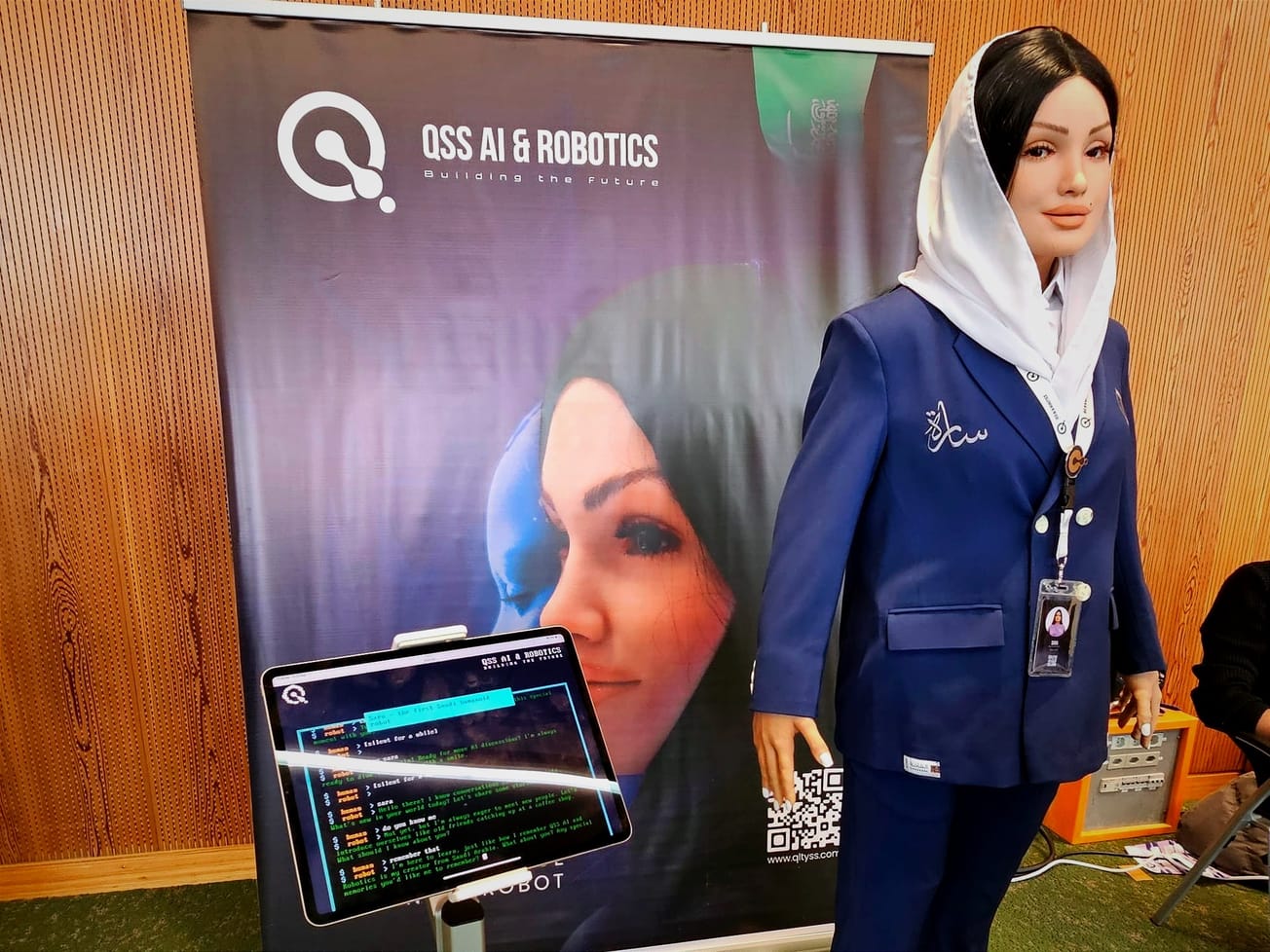GENEVA (AN) — Growth among digital companies to keep pace with demand for hardware, network services, and data storage is raising carbon footprints and undercuting progress on climate goals, a new report finds.
Artificial intelligence’s rapid advancement also is driving more energy consumption and greenhouse emissions for digital companies, adding to human-caused climate change, while the companies' transparency and accountability remain a challenge, the International Telecommunication Union and World Benchmarking Alliance reported on Monday.









